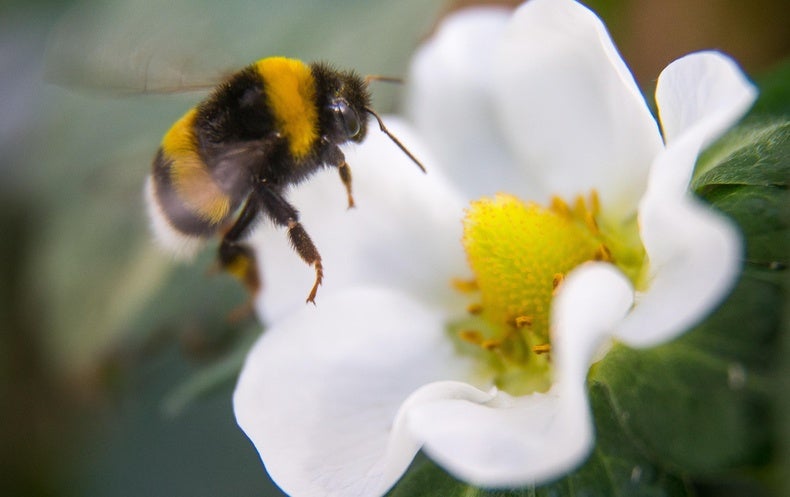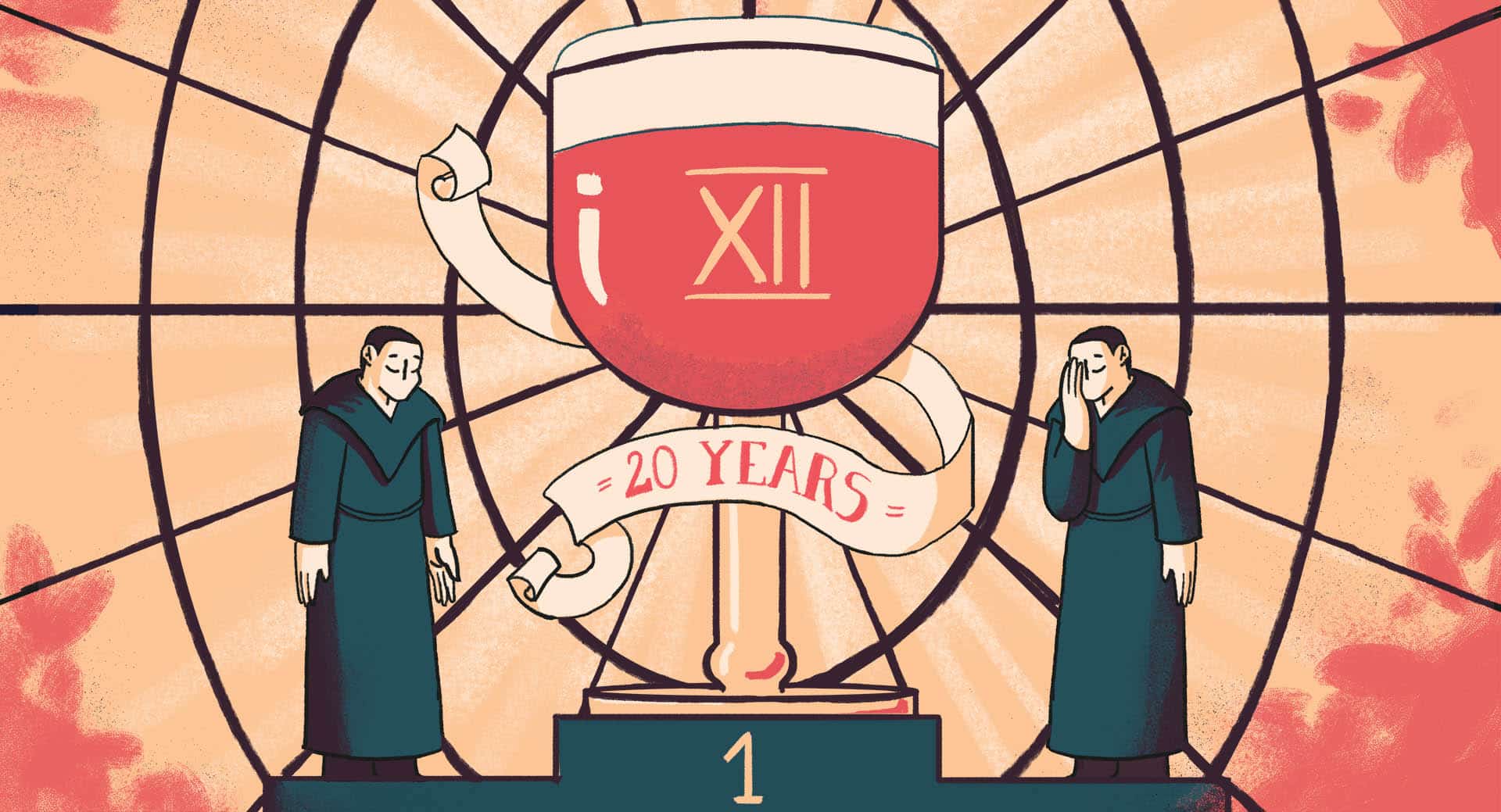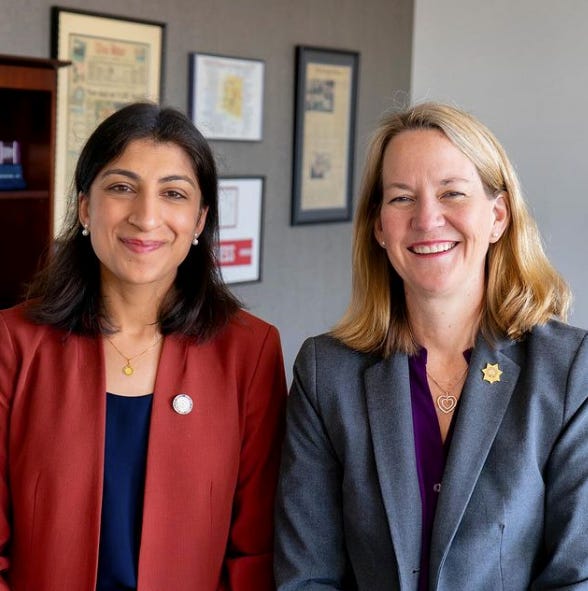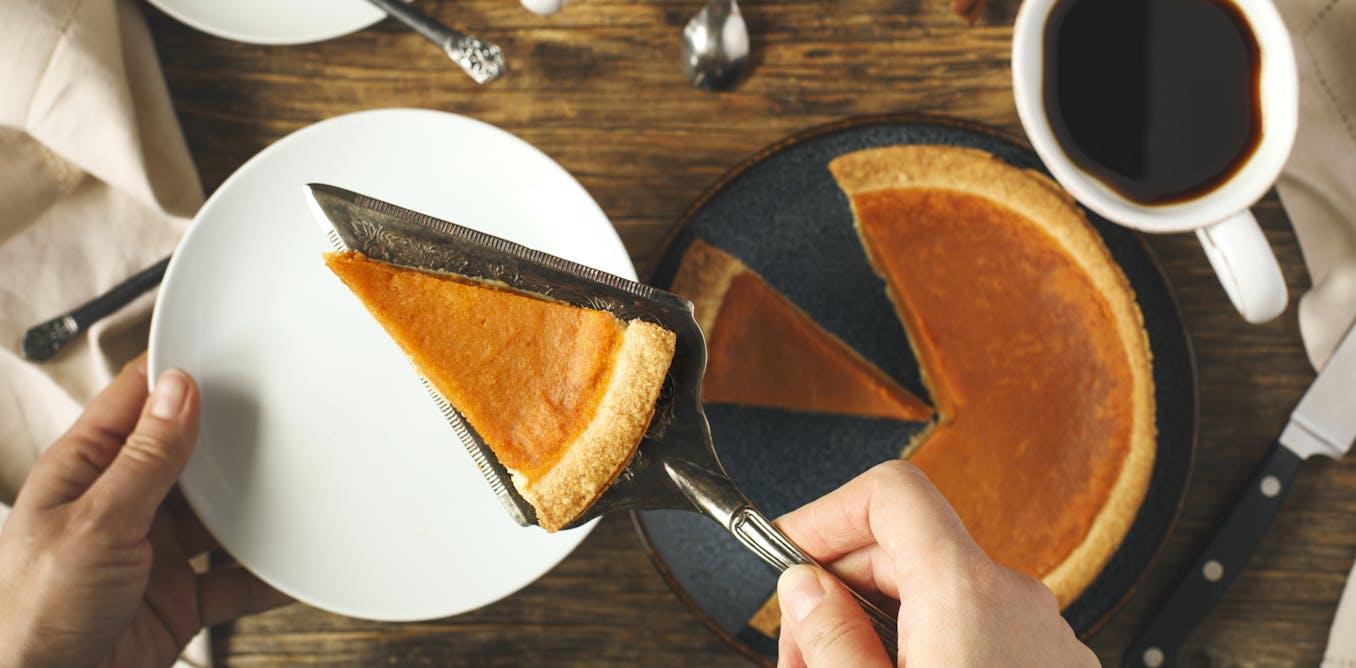
Pawpaws, beach plums and more: These native fruits could be on the menu as weather gets more extreme
Walking around the urban oasis that is Brooklyn’s Green-Wood Cemetery, one wouldn’t expect to find pawpaws – the largest edible fruit native to North America – growing alongside tombstones. Stroll farther into the cemetery and American persimmons dangle above graves.
While it may seem like an unlikely place to grow such native fruits, the cemetery is also an arboretum. And in this “museum of trees,” said Joseph Charap, vice president of horticulture at the Green-Wood Cemetery, planting native trees, like they did with the pawpaws and persimmons, is “part of our general ethos” and mission to foster a balanced ecosystem.
“Being able to show people that there are native fruit trees that can grow in our environment is really an important step,” Charap told CNN.
Pawpaws and American persimmons are among the rare, native fruits that some farmers and gardeners are exploring as extreme weather becomes more common. Warmer winters followed by sudden cold snaps, have devastated many of the conventional fruit crops people are used to eating like apples, pears and peaches.





















